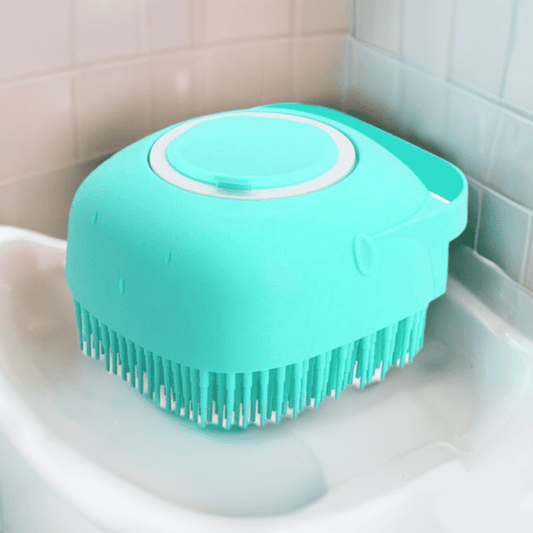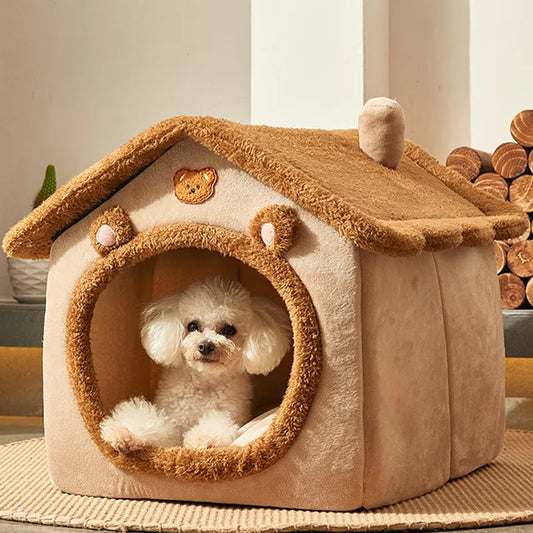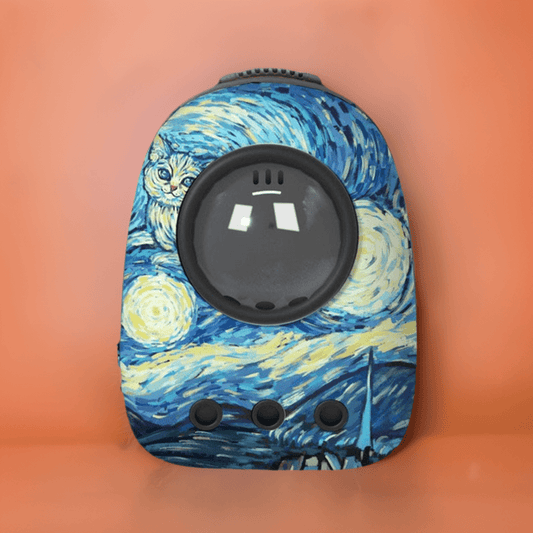Are you considering bringing a fascinating and low-maintenance pet into your life? Look no further than the charming crested gecko! In this comprehensive guide, we'll explore everything you need to know about crested geckos. From their captivating appearance to their unique behavior, we'll dive deep into the world of these remarkable reptiles.
Introduction to Crested Geckos
Crested geckos, scientifically known as Correlophus ciliatus, are fascinating creatures native to New Caledonia, a group of islands in the southwest Pacific Ocean. Often referred to as "eyelash geckos" due to their distinctive fringed eyelids, these reptiles have gained immense popularity as pets in recent years.
Crested geckos are relatively small, with adults typically reaching a length of 6 to 8 inches. Their most striking feature is the row of soft, spiky crests running from their head down to the base of their tail, resembling the appearance of prehistoric dinosaurs.
These geckos come in a mesmerizing array of colors, including shades of green, brown, and orange. Their colors can change depending on factors like mood and temperature, adding to their allure.
Getting to Know the Crested Gecko
Crested geckos are not your typical reptilian pet. They are known for their gentle and friendly nature. Unlike some other reptiles, they are not prone to biting and are quite tolerant of gentle handling. Their docile temperament makes them a perfect choice for beginners and families alike.
One of the most fascinating aspects of crested geckos is their ability to vocalize. While most reptiles are silent, crested geckos can produce various sounds, including chirps and clicks, especially during breeding or when they feel threatened. This unique feature adds an extra layer of intrigue to these captivating creatures.
Crested Gecko Habitat
Creating a suitable habitat for your crested gecko is crucial to their well-being. These arboreal creatures thrive in tall enclosures with plenty of vertical space. A vivarium with live plants and branches for climbing mimics their natural habitat, providing comfort and enrichment.
Maintaining the right temperature and humidity levels is essential. Keep the enclosure between 72-78°F (22-26°C) during the day and slightly cooler at night. Humidity should be around 60-70%.
Crested geckos are arboreal by nature, which means they love to climb. Providing them with ample opportunities to do so not only keeps them happy but also promotes their physical health. In their native habitat, these geckos spend most of their time in trees, and they'll appreciate having branches and plants to explore in their enclosure.
Dietary Needs of Crested Geckos
Crested geckos are omnivores, which means they eat both insects and fruit. In captivity, their diet primarily consists of specialized crested gecko food and occasional insect treats. It's important to provide a varied diet to ensure their nutritional needs are met.
The key to a healthy crested gecko diet is variety. Commercially available crested gecko food is formulated to provide essential nutrients, but it's a good idea to supplement their diet with occasional live insects like crickets and gut-loaded mealworms. This mimics their natural diet and adds enrichment to their feeding routine.
Crested Gecko Health and Care
Fortunately, crested geckos are hardy reptiles, but proper care is still essential to keep them healthy. Regularly clean their enclosure, provide fresh water, and monitor for signs of illness, such as lethargy or loss of appetite.
One aspect of crested gecko health that often goes overlooked is their dental care. These geckos have tiny teeth that can overgrow if not worn down properly. Providing them with items to chew on, like branches and safe wooden toys, helps keep their teeth in check.
When it comes to hygiene, cleanliness is crucial. Regularly clean and disinfect their enclosure to prevent the buildup of bacteria. Ensure that their water dish is cleaned and refilled with fresh water regularly.
Handling and Interaction
While crested geckos are generally docile, they may not enjoy frequent handling. When you do handle them, be gentle and avoid sudden movements. Remember that they have fragile skin, so it's best to handle them infrequently.
Crested geckos are more inclined to tolerate being held when they are accustomed to it from a young age. If you have a juvenile gecko, take the time to handle them gently for short periods to build trust and familiarity.
Breeding Crested Geckos
Breeding crested geckos can be a rewarding but challenging endeavor. It's essential to do thorough research and understand the responsibilities involved before attempting to breed them. Breeding should only be undertaken by experienced keepers who can provide proper care to both the adults and the hatchlings.
Common Myths and Misconceptions
There are several misconceptions surrounding crested geckos, which can lead to misinformation about their care. Let's debunk some of these myths to ensure you provide the best possible care for your pet.
Myth 1: Crested geckos require UVB lighting. Reality: Crested geckos are nocturnal and do not need UVB lighting. They are primarily active during the night, so providing them with a regular day-night cycle is sufficient.
Myth 2: Crested geckos can't climb smooth surfaces. Reality: Crested geckos are excellent climbers, and they can scale even smooth surfaces with ease thanks to their specialized toe pads.
Myth 3: Crested geckos don't need heat sources. Reality: While crested geckos don't require a heat lamp, they do need a stable temperature range. Ensure their enclosure stays within the recommended temperature range for their well-being.
Crested Gecko Conservation
In the wild, crested geckos face threats such as habitat destruction and illegal collection for the pet trade. Supporting conservation efforts and purchasing captive-bred geckos can help protect their natural populations.
Conservation is a critical aspect of responsible pet ownership. By choosing captive-bred crested geckos, you not only help preserve their wild counterparts but also support ethical breeding practices.
Conclusion
Crested geckos are truly remarkable pets that can bring joy and fascination into your life. With their captivating appearance and relatively low maintenance, they are an excellent choice for both beginners and experienced reptile enthusiasts.
Now that you've learned all about these charming creatures, let's address some common questions you might have:
Frequently Asked Questions (FAQs)
-
What is the lifespan of a crested gecko? Crested geckos have a lifespan of 15-20 years when properly cared for in captivity.
-
Can crested geckos change color? Yes, crested geckos can change color based on factors like mood, temperature, and their environment.
-
Are crested geckos good for beginners? Yes, crested geckos are excellent pets for beginners due to their relatively low care requirements.
-
Do crested geckos require a heat lamp? No, crested geckos do not require a heat lamp. They thrive at room temperature.
-
Can crested geckos be housed together? Crested geckos are generally solitary animals and should be housed separately to prevent stress and aggression.
In conclusion, crested geckos are captivating, low-maintenance reptiles that can make wonderful additions to your family. By providing them with a suitable habitat, a balanced diet, and proper care, you can enjoy their company for many years to come. So, why not consider adding a crested gecko to your life and experience the joy of owning one of these charming creatures?



